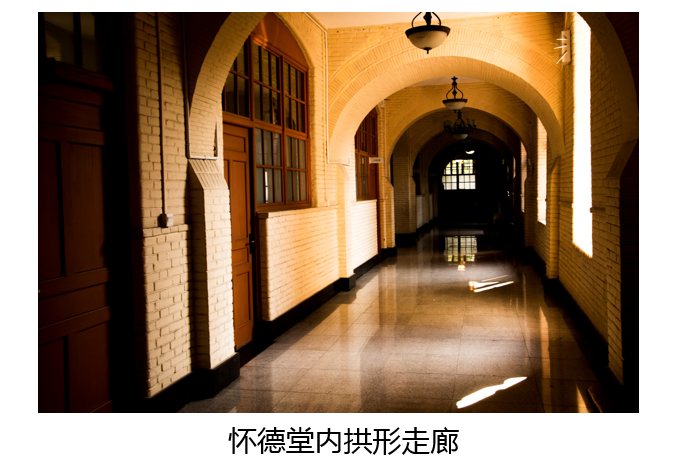Esophageal diverticulum rarely occurs and is noted in less than 1% of gastroscopies. Surgery is currently the preferred treatment, but there are multiple drawbacks with surgical treatment of esophageal diverticulum, such as the accompanying complications, including permanent fistula, bleeding, hematoma, abscess and mediastinitis, not to mention extended hospital stay and the resulting high medical bill. There have been a growing number of reports on endoscopic treatment of esophageal diverticulum due to its less invasive nature, e.g., using endoscopic needle knife to remove the mucosal cristae at the diverticular opening and those inside the esophageal lumen, and using argon plasma coagulation (APC) to destroy the muscular layer between the esophageal wall and the diverticulum. However, patients who have undergone these endoscopic treatments run high risks of bleeding and perforation, making it unlikely for the procedures to be widely used.
Professor Hu Bing of the Gastrointestinal Endoscopy Enter, West China Hospital, SCU has successfully performed tunnel endoscopy, a newly-emerged technology, on a patient with giant esophageal diverticulum. The patient was a 75-year-old woman presenting 11-years of dysphagia, which has progressively aggravated over the years. The dysphagia was accompanied with obvious acid regurgitation, heart burn, and retrosternal pain. Gastroscopy and barium meal revealed a giant mid-esophageal diverticulum. Considering the high risk a surgery might expose to patient to, the patient did not consent for operation and opted for endoscopic therapy instead. Submucosal injection was given to the patient at approximately three cm above the diverticular opening. After that, a tunnel was built to separate submucosa from muscularis. The muscular layer between the diverticulum sac and the esophageal wall was identified and completely cut off with electrotome. Then, the incision was closed with titanium clips. The procedure was performed on April 30, 2014 by Dr. Hu, taking a total of 60 minutes, and there were no post-procedural adverse events such as bleeding, perforation, or pneumothorax. Dysphagia disappeared after the procedure was done. Other symptoms such as acid regurgitation and heart burn have also been significantly relieved. The patient was discharged three days later. A follow-up examination conducted 30 days after the procedure was done showed satisfactory results. The incision from the gastroscopy has healed well, mucosal cristae in the diverticulum have subsided significantly, and barium meal revealed that the diverticular lumen has significantly decreased.

Tunnel endoscopy technology has been rapidly developing in recent years. It has been mostly used for the treatment of cardic achalasia and resection of certain types of gastrointestinal tumor. The procedure, per-oral endoscopic myotomy (POEM), conducted at West China Hospital, is the first ever case in which tunnel endoscopy was used to treat esophageal diverticulum. POEM shows a number of advantages over the traditional endoscopic diverticulotomy. POEM uses tunnel endoscopy, which helps preserve the intactness of gastrointestinal mucous. Furthermore, in the case that perforation does occur during the procedure, the mucosal incision can be closed easily, which improves the safety of the procedure. Tunnel endoscopy reduces the risks of post-procedural esophageal fistula, pneumothorax and pyothorax. Another potential advantage is that the muscular layer between the esophageal wall and diverticulum can be cut off completely. The patient shows more obvious symptom relief and the recurrence rate of diverticulum may be lower. POEM is less invasive. Therefore, the patient recovers more quickly and suffers from fewer complications, leading to reduced length of stay in the hospital. POEM is the perfect embodiment of minimally invasive procedures. The success of the first case of POEM paves the way for safe, effective, and minimally invasive treatment of esophageal diverticulum.
Written by: Prof. Hu Bing, GI Department
Edited by: International Office